I am writing a class which will map a large legacy application's TMainMenu hierarchy to TActionMainMenuBar items.
The most important method, which borrows heavily from a EDN CodeCentralC article by Steve Trevethen, looks like this. I apologize for the length, but this really is probably the shortest length of code I could meaningfully show in this case:
procedure TMainMenuSkin.DoLoadMenu(
ActionList: TCustomActionList;
Clients: TActionClients;
AMenu: TMenuItem;
SetActionList: Boolean = True;
bRecurseFlag:Boolean = False);
var
I: Integer;
J: Integer;
AC: TActionClientItem;
ca : TCustomAction;
newAction : TSkinnedMenuAction;
aci:TActionClientItem;
submenuitem : TMEnuItem;
procedure PopulateNodeFromMenuItem(menuitem:TMenuItem);
begin
newAction := TSkinnedMenuAction.Create(Application.MainForm);
menuitem.FreeNotification(newAction);
newAction.FMenuItem := menuitem;
newAction.Name := 'action_'+newAction.FMenuItem.Name;
FNewMenuActions.Add(newAction);
newAction.ActionList := ActionManager;
newAction.Tag := menuitem.Tag;
ca := newAction;
ca.ImageIndex := menuitem.ImageIndex;
ca.HelpContext := menuitem.HelpContext;
ca.Visible := menuitem.Visible;
ca.Checked := menuitem.Checked;
ca.Caption := menuitem.Caption;
ca.ShortCut := menuitem.ShortCut;
ca.Enabled := menuitem.Enabled;
ca.AutoCheck := menuitem.AutoCheck;
ca.Checked := menuitem.Checked;
ca.GroupIndex := menuitem.GroupIndex;
AC.ImageIndex := menuitem.ImageIndex;
AC.ShortCut := menuitem.ShortCut;
AC.Action := newAction;
end;
begin
if not Assigned(AMenu) then
exit;
AMenu.RethinkHotkeys;
AMenu.RethinkLines;
Clients.AutoHotKeys := False;
for I := 0 to AMenu.Count - 1 do
begin
AC := Clients.Add;
AC.Caption := AMenu.Items[I].Caption;
// Assign the Tag property to the TMenuItem for reference
AC.Tag := Integer(AMenu.Items[I]);
AC.Action := TContainedAction(AMenu.Items[I].Action);
AC.Visible := AMenu.Items[I].Visible;
// original sample code only created placeholders for submenus. I want to populate
// fully because I need the actions and their keyboard shortcuts to exist.
submenuitem := AMenu.Items[I];
if submenuitem.Count > 0 then
begin
if not bRecurseFlag then
AC.Items.Add // old busted way to work
else
begin
// How do I recursively populate the Action Clients menu?
DoLoadMenu(ActionList, AC.ActionClients, submenuitem, true);
end;
end
else
if ((AMenu.Items[I].Caption <> '') and (AMenu.Items[I].Action = nil) and
(AMenu.Items[I].Caption <> '-')) then
begin
PopulateNodeFromMenuItem( AMenu.Items[I] );
end;
AC.Caption := AMenu.Items[I].Caption;
AC.ImageIndex := AMenu.Items[I].ImageIndex;
AC.HelpContext := AMenu.Items[I].HelpContext;
AC.ShortCut := AMenu.Items[I].ShortCut;
AC.Visible := AMenu.Items[I].Visible;
end;
end;
The most important line above is this one, and it's also the one that is wrong:
DoLoadMenu(ActionList, AC.ActionClients, submenuitem, true);
If the code is written like that, then I get all the menu items displayed in a flattened form. So I need something like AC.GetMeSubItems.ActionClients in the line above,
but I can't figure out what it is. AC is of type TActionClientItem and is a toolbar button itself also created at runtime.
What I can't figure out for the life of me is, if I need to populate the Actions list and the menu items all at once, recursively, how do I do it? Perhaps my thinking is constrained by the sample code I started out with here. It seems like I'm one line of code away from knowing how to do this.
I have a feeling that I'm just not understanding very well the complex hiearchical relationships of the various classes I'm messing with here.
Update: The following SEEMS to work, but I don't trust myself.
aci := AC.Items.Add;
DoLoadMenu(ActionList, aci.Items, submenuitem, true);
